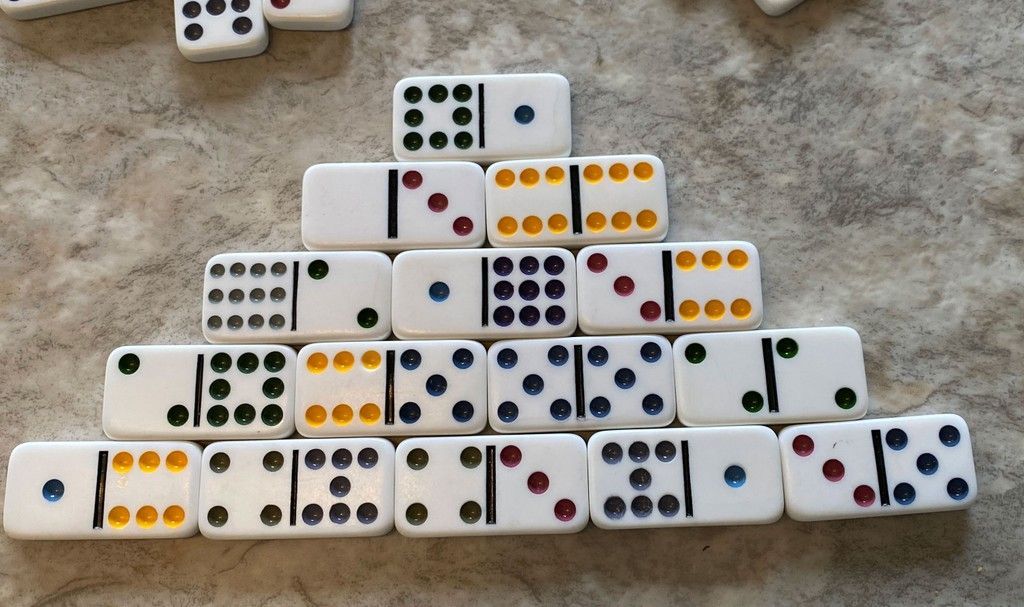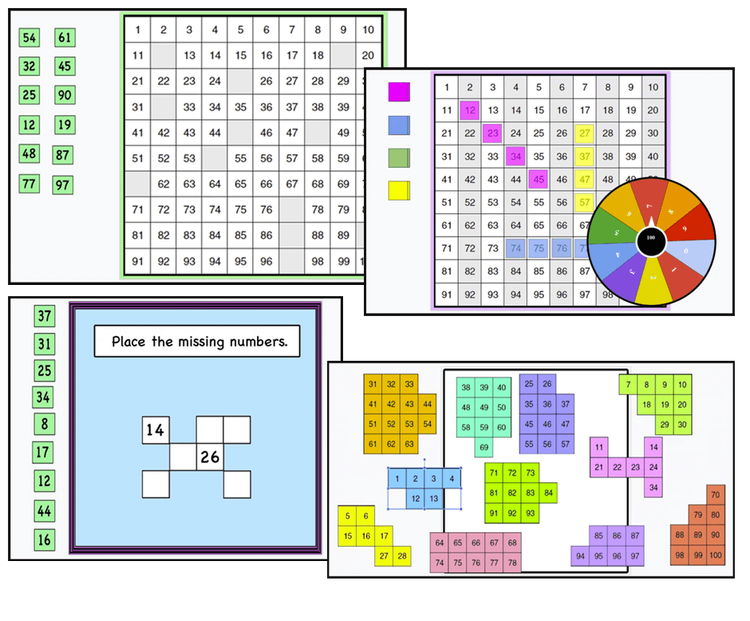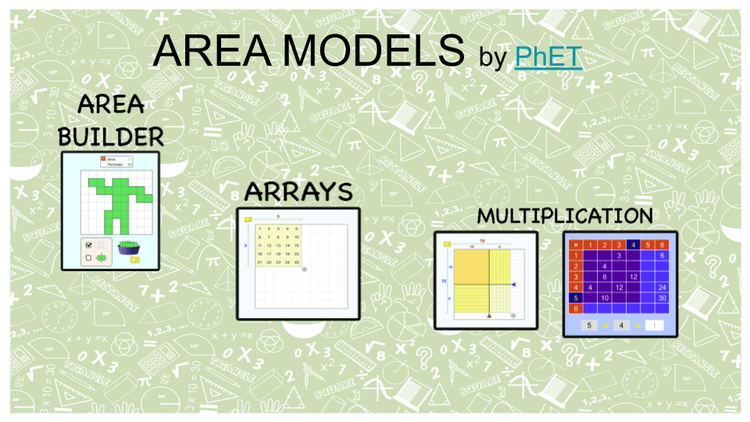Dominoes are great for practicing math and they should be in every primary class as they are an excellent tool for primary students to use. They are also a useful tool for practicing math at home. There are many activities you can do using dominoes to model decomposition of numbers and help build student knowledge of addition facts and more.
Today’s game is called “Build a pyramid” and it can be played by a single player as a challenge, as a cooperative game with a group or a pair or as a competitive two-player game.
The goal is to build a pyramid using the dominoes tiles. The pyramid will look like this.

You start with 5 tiles on the base and you build your way up. Place a tile where two of the bottom tiles connect. (on top) The sum of the top tile has to match the sum of the two parts of the bottom tiles. However, the sum needs to be shown with different decomposition. (2+2= 1+3= 0+4)
For example:

Modify the level:
Use the smaller number dominoes for younger children and start by building smaller pyramids.
One player:
Challenge your student to build a pyramid on their own. Start with a small one. Try a bigger one. This offers a ton of addition-fact practice and allows the child to work at their own pace.
Group effort:
Students can build the pyramid together and try to get it as big as they can. Groups can play against each other. You might need two sets of dominoes for this.
Competitive game:
- For a competitive game, the players can share the dominoes equally (randomly) and compete as to who will build the pyramid first, or who will build the biggest pyramid.
- For this game the players take turns. They build a base and take 10 tiles each (randomly). At their turn, they try to put their tiles on the pyramid. When they cannot place a tile (doesn’t match) they can exchange their tile from the pile and try again on their next turn. The first player to finish their tiles is the winner.
I have used this game (the single-player version mostly) with my class and my own children a lot. It offers a ton of practice and children love the challenge. It feels like doing a scavenger hunt, looking for the matching tiles.
Hope you like this idea.
Check out our previous post about playing and learning with dominoes here.












